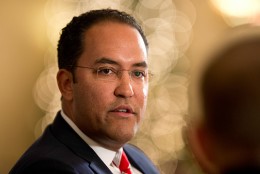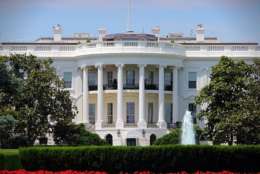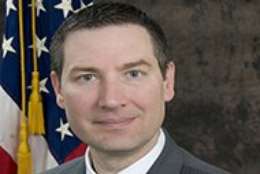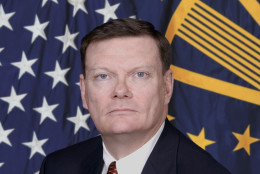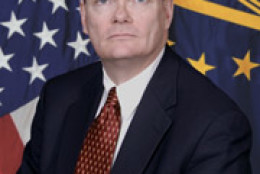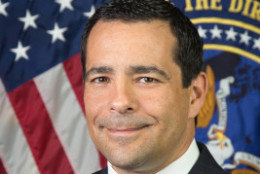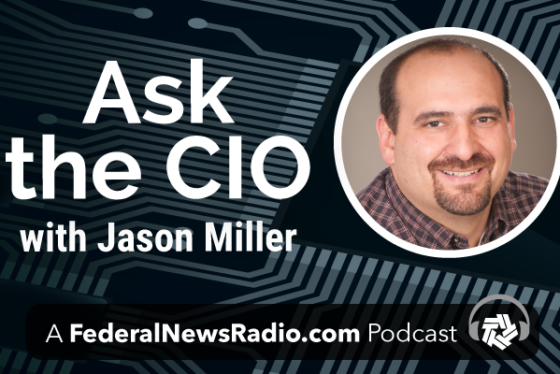Ask the CIO
-
President Donald Trump signed an executive order establishing the American Technology Council to transform and modernize the federal government’s information technology and how it uses and delivers digital services.
May 01, 2017 -
OMB is revamping the capital planning and investment control (CPIC) process and asking agencies break down commodity IT spending in more specific terms than ever before.
May 01, 2017 -
The Modernizing Government Technology Act will let agencies keep savings for up to three years to reinvest in IT transformation projects.
April 28, 2017 -
The Food and Drug Administration is saving time on cyber incident responses by integrating its watch desk and engineers within a single command center, and integrating its tools to provide more holistic views of its systems.
April 25, 2017 -
The Government Accountability Office brought in 13 experts on federal technology last fall to have a frank discussion about what’s working and what’s not with the Federal IT Acquisition Reform Act.
April 24, 2017 -
The Health and Human Services Department will soon achieve initial operating capability on the Health Cybersecurity and Communications Integration Center (HCCIC). It's modeled after the Homeland Security Department's own NCCIC, a public-private partnership that disseminates information and best practices on cyber risks.
April 20, 2017 -
Multiple sources say Chris Liddell, the assistant to the president for strategic initiatives, and Matt Lira, the special assistant to the president for innovation policy and initiatives, brought in CIOs one after another to get a handle on priorities, challenges and opportunities in each agency and governmentwide.
April 10, 2017 -
FDA Chief Information Officer Todd Simpson has developed an IT cost allocation model so mission areas can pay for what they use, instead of just a flat fee.
April 10, 2017 -
The Office of Management and Budget is developing a new IT capital planning policy that would help agencies measure, manage and budget IT investments. Training is another key component of OMB's strategy during the transition year, as it also will help agencies overcome cybersecurity recruitment and procurement challenges.
April 05, 2017 -
The Office of Management and Budget’s fiscal 2016 Federal Information Security Management Act (FISMA) report to Congress shows more agencies have stronger cyber defenses in place.
March 10, 2017 -
Terry Halvorsen left DoD at the end of February after spending the last two-plus years as its chief information officer.
March 02, 2017 -
Dave Mihelcic, the recently retired chief technology officer at the Defense Information Systems Agency, said a pilot to test a software defined environment is opening the door to cloud applications that DoD can more quickly deploy and better secure.
February 24, 2017 -
Terry Halvorsen retired Feb. 19 after spending the last two-plus years as the Department of Defense chief information officer.
February 21, 2017 -
Bill Evanina, the director of the National Counterintelligence and Security Center and the National Counterintelligence Executive, said foreign hackers will target current and former federal employees based on a broad set of data, not just personal information stolen during the massive breach in 2015.
February 17, 2017 -
FBI Chief Information Officer Gordon Bitko said there’s nothing wrong with technology-driven innovations that help employees perform their missions. The problem is the lack of coordination from on high.
February 14, 2017



